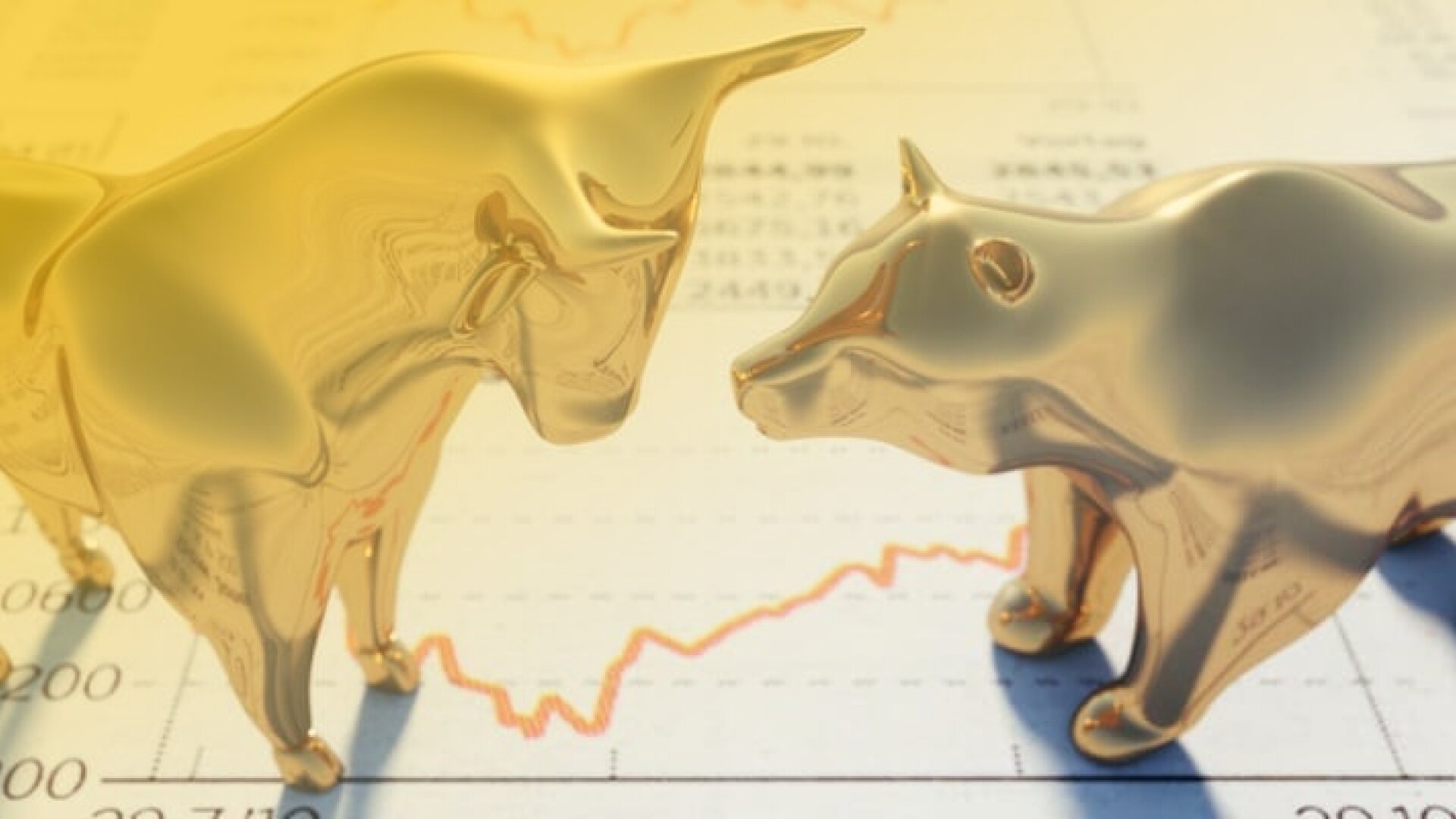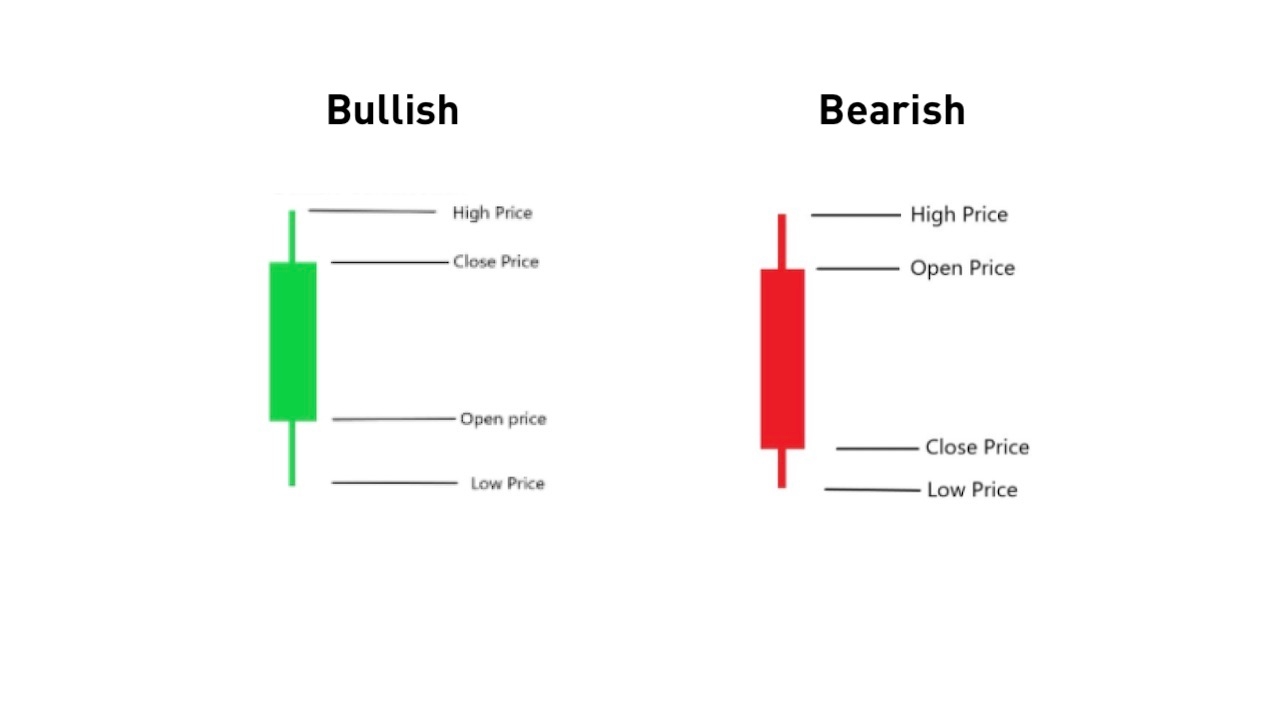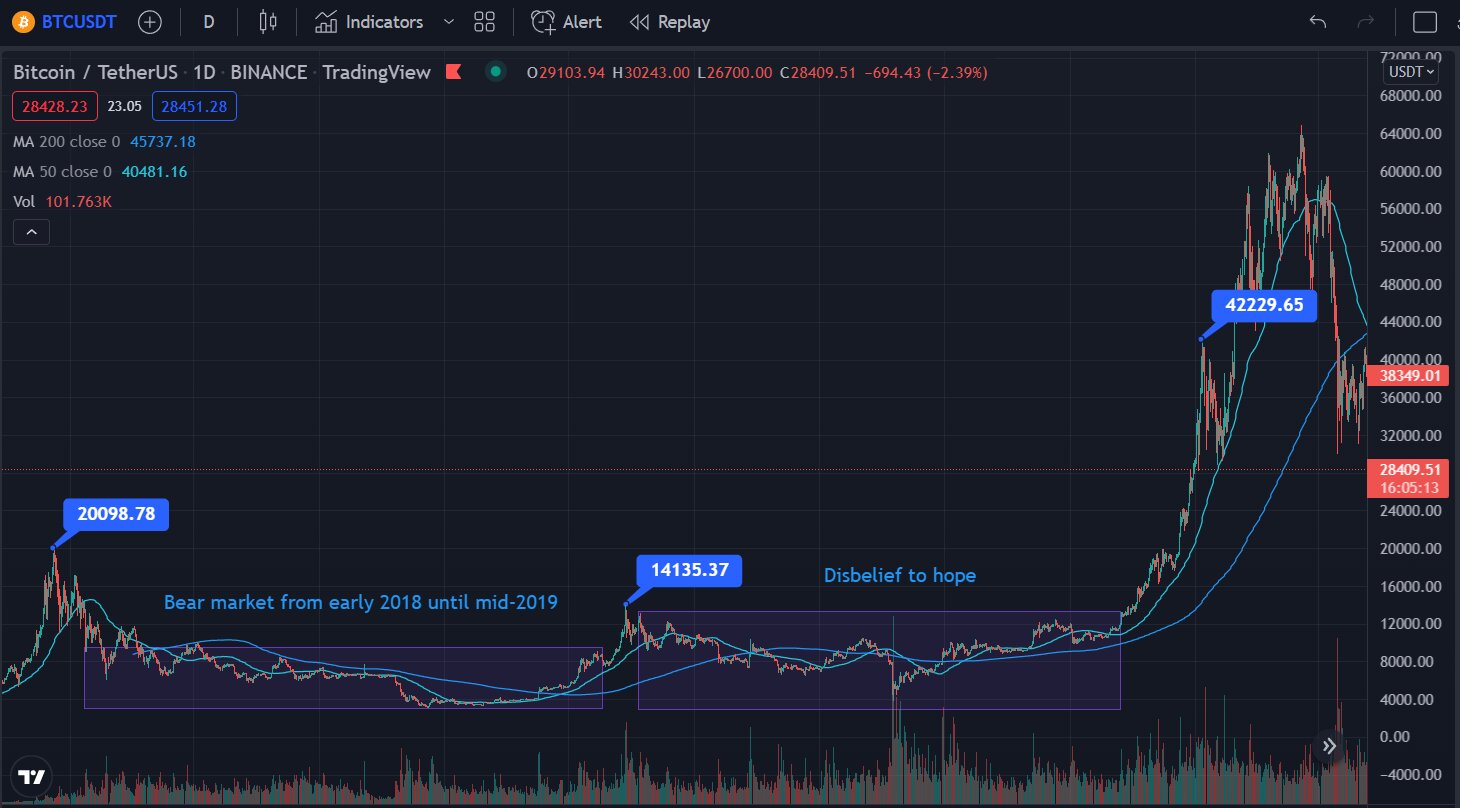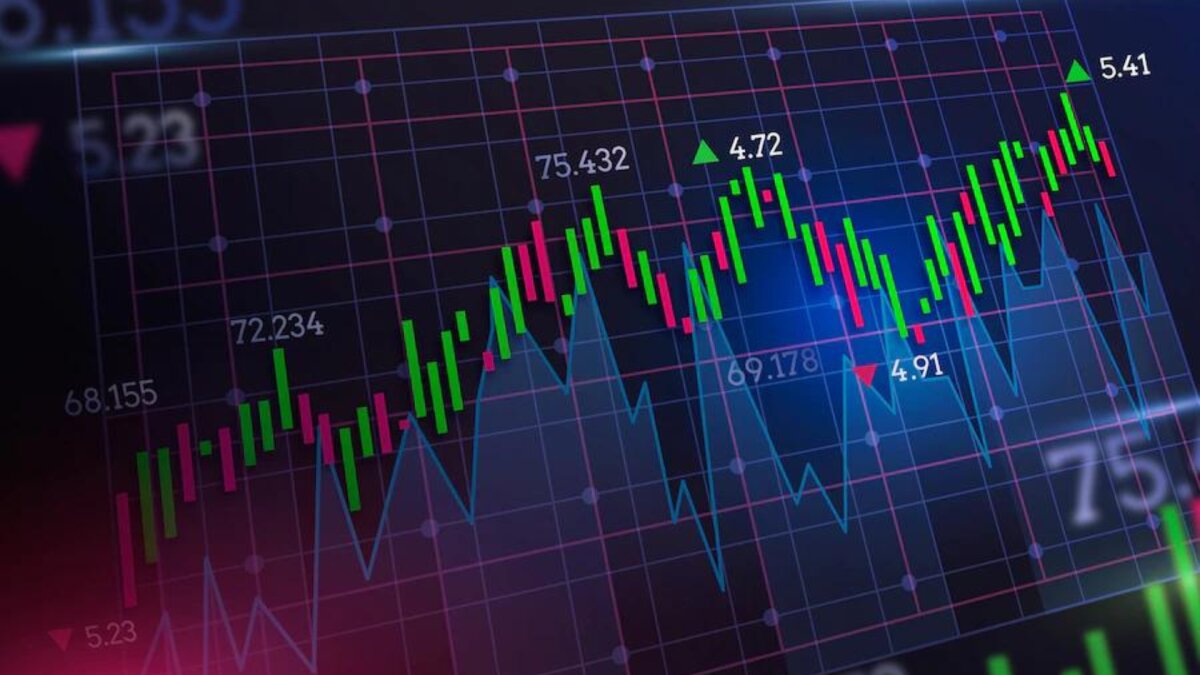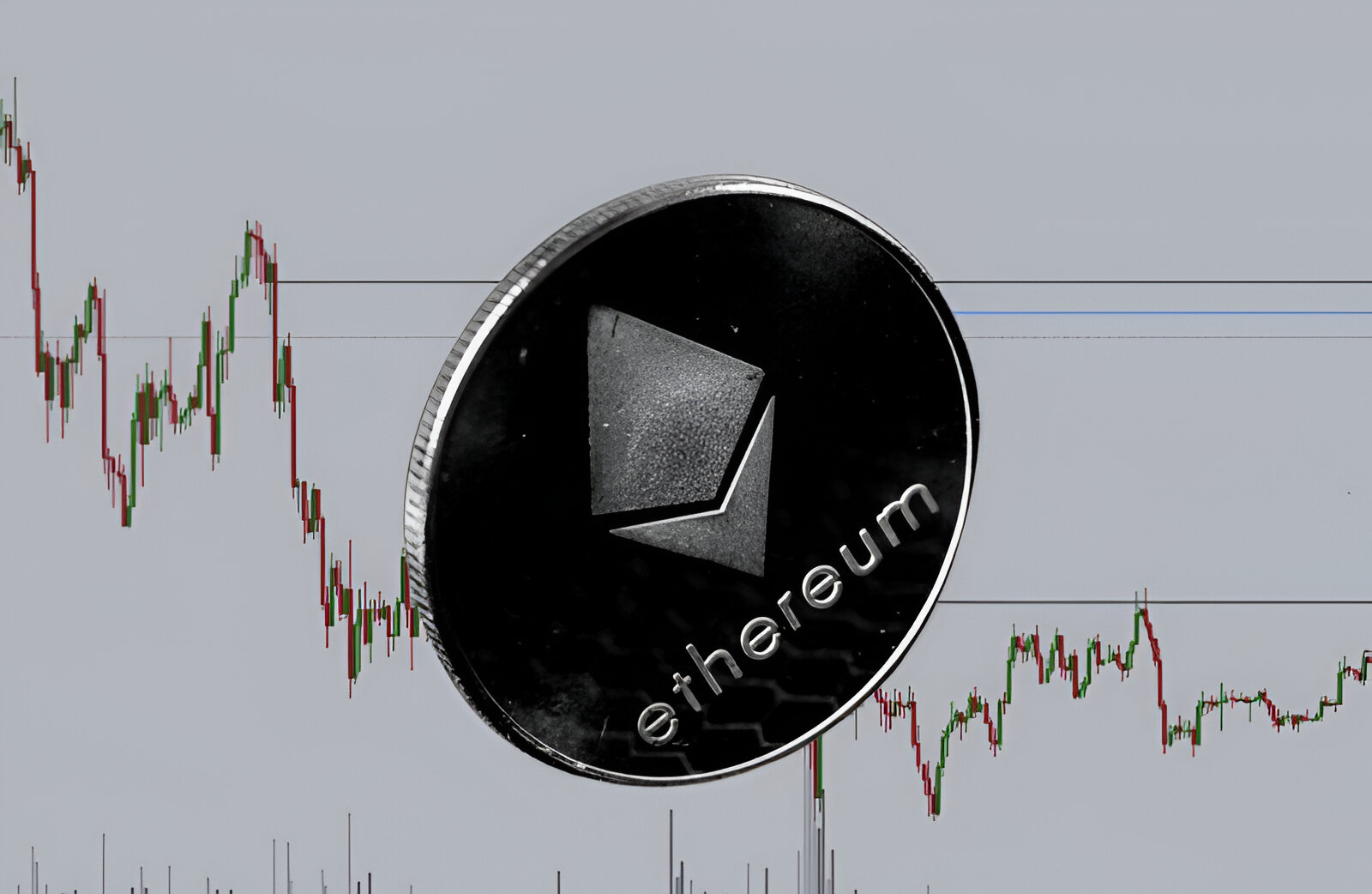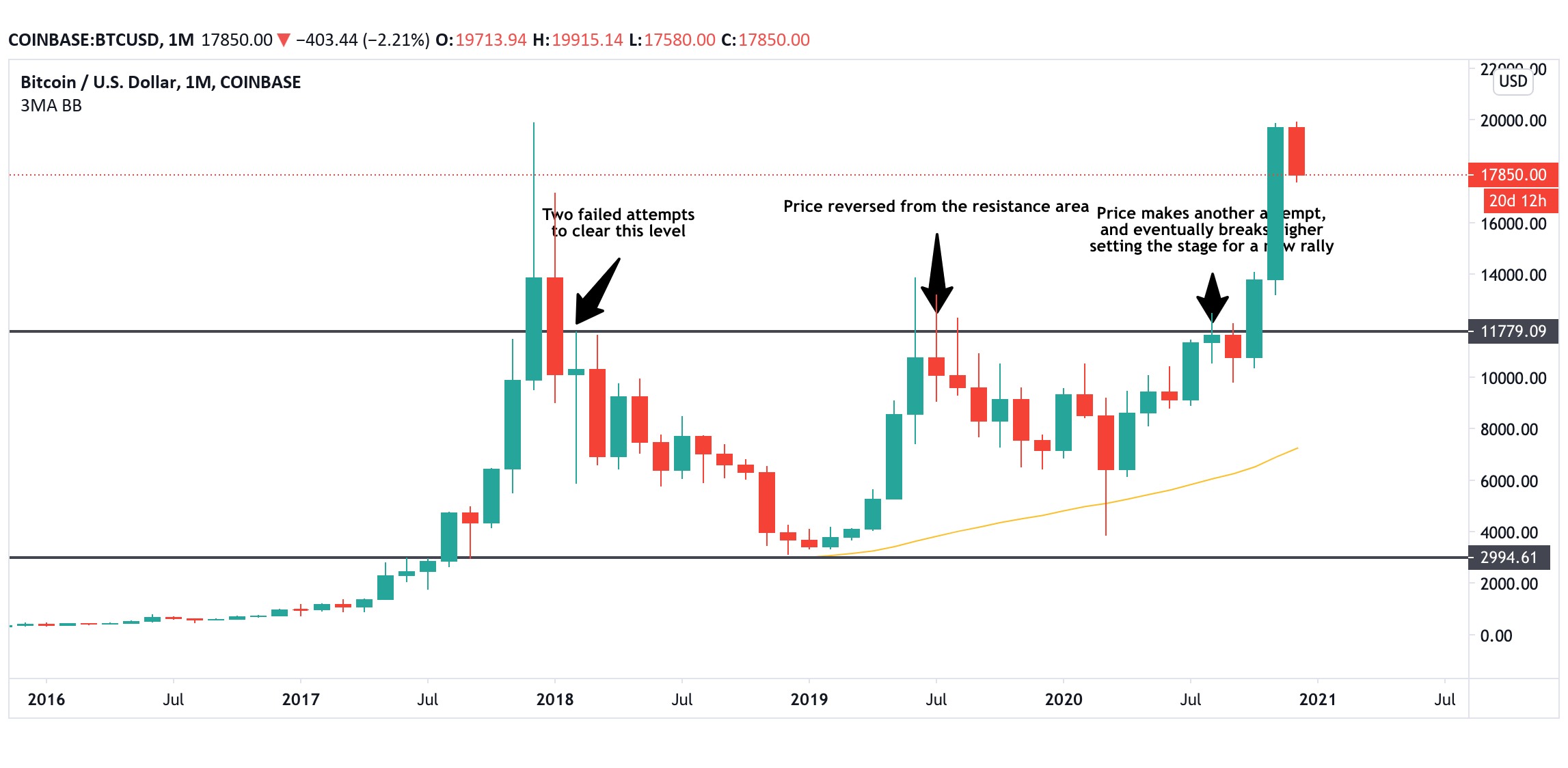Introduction
The world of cryptocurrency has witnessed remarkable growth and volatility in recent years. As investors and traders navigate this dynamic landscape, understanding key terms and concepts is crucial. One such term is “bullish,” which carries significant weight in the crypto market. In this article, we will delve into the meaning of being bullish in the context of cryptocurrency and explore its implications for traders and investors.
Being bullish refers to a positive outlook on the value and potential growth of a specific cryptocurrency or the market as a whole. It signifies a belief that prices will rise, leading to profitable opportunities. Bullish sentiment is driven by factors such as market trends, news, and technical indicators, all of which contribute to the overall sentiment among investors and traders.
Understanding bullish trends in the crypto market is essential for making informed decisions. When the market is in a bullish phase, there is an increased demand for cryptocurrencies, resulting in rising prices. This uptrend can present lucrative opportunities for traders to profit from buying and selling digital assets at higher prices. It is important to note that bullish trends are not indefinite, and they are often followed by periods of consolidation or a bearish reversal.
Numerous factors influence bullish sentiment in the cryptocurrency market. Investor confidence, market sentiment, regulatory developments, and technological advancements all play a role in determining whether the market is bullish or bearish. Positive news about blockchain technology, adoption by institutional investors, or the listing of a cryptocurrency on a major exchange can all contribute to a surge in bullish sentiment.
Definition of Bullish
In the realm of cryptocurrency, the term “bullish” is used to describe a positive outlook and expectation towards the market or a particular cryptocurrency. When someone is bullish, they believe that the price of a cryptocurrency will rise, presenting an opportunity for potential profit. This positive sentiment is often driven by factors such as positive news, market trends, and technical analysis indicators.
To be more specific, being bullish means having confidence in the upward movement of a cryptocurrency’s price. It implies that investors and traders expect the value of the asset to increase, enabling them to sell it later at a higher price. This optimistic stance can be influenced by various factors, including the overall market sentiment, the fundamental strength of the cryptocurrency, and any upcoming events or developments that could boost its value.
It is important to note that being bullish does not guarantee positive outcomes. While investors may anticipate price rises and profit potential, there is always the risk of market volatility and unexpected changes that could lead to losses. Therefore, it is essential to approach bullishness with a realistic mindset and engage in thorough analysis and research before making any investment decisions.
When evaluating whether a market or specific cryptocurrency is considered bullish, analysts often consider factors such as trading volume, price patterns, and market sentiment. High trading volumes and a series of consistently higher highs and higher lows in price patterns are indicators of a bullish trend. Additionally, positive news, increasing adoption, and strong demand for a particular cryptocurrency can contribute to a bullish sentiment among investors and traders.
It is worth mentioning that being bullish is not limited to individual traders or investors. Institutions, hedge funds, and even influential market figures can express a bullish sentiment and impact the overall market. Their actions and statements can influence the perception of the market, potentially creating a self-fulfilling prophecy as more participants join the bullish sentiment and contribute to increased demand and rising prices.
Bullish Trends in Crypto
The cryptocurrency market is known for its volatility, with prices experiencing significant fluctuations. Amidst this volatility, bullish trends emerge, indicating a positive outlook for the market. Understanding these bullish trends is crucial for traders and investors looking to capitalize on potential profit opportunities.
One of the key bullish trends in the crypto market is an uptrend in prices. During a bullish phase, cryptocurrencies experience a series of higher highs and higher lows, signaling a positive market sentiment and an increase in demand. This trend attracts more buyers into the market, pushing prices further upward.
Another bullish trend is market-wide adoption and increasing mainstream acceptance. As cryptocurrencies gain more recognition and acceptance by individuals, businesses, and even institutions, the demand for digital assets rises. This growing adoption serves as a catalyst for price appreciation, reinforcing the bullish sentiment among market participants.
Positive news and developments within the cryptocurrency ecosystem often contribute to bullish trends. News of new partnerships, technological advancements, regulatory clarity, or widespread implementation of blockchain technology can all create a sense of optimism and drive prices higher. For example, the announcement of a major financial institution investing in cryptocurrency or the integration of blockchain technology in a traditional industry can spark a bullish trend.
Moreover, market sentiment plays a crucial role in determining bullish trends. When investors and traders feel optimistic about the crypto market as a whole, they are more likely to invest and drive prices up. Market sentiment is influenced by a variety of factors, including geopolitical events, macroeconomic conditions, and public opinion on the future of cryptocurrencies.
It’s important to note that bullish trends are not indefinite. The cryptocurrency market is prone to market cycles, with periods of bullishness followed by periods of consolidation or bearish reversals. Therefore, it is crucial for traders and investors to stay informed, monitor market conditions, and adjust their strategies accordingly.
Identifying and capitalizing on bullish trends in the crypto market can be a profitable strategy. However, it is important to conduct thorough research, employ risk-management strategies, and be mindful of the inherent volatility and risks associated with cryptocurrency trading.
Factors Influencing Bullish Sentiment
Bullish sentiment in the cryptocurrency market can be influenced by a variety of factors that contribute to the positive outlook and expectations of investors and traders. Understanding these factors is essential for gauging market sentiment and making informed trading decisions.
One of the primary drivers of bullish sentiment is positive news and developments within the cryptocurrency industry. News of technological advancements, regulatory clarity, partnerships, or adoption by major companies can create a sense of optimism among market participants. Positive developments, such as the integration of blockchain technology in various sectors, can fuel bullish sentiment and attract new investors into the market.
Market trends and investor sentiment also play a significant role in influencing bullish sentiment. When the market experiences a series of higher highs and higher lows, indicating an uptrend, it often instills confidence and optimism among traders. Additionally, positive sentiment among investors, reflected in increased trading volume and overall market activity, can reinforce the bullish sentiment.
Another factor that influences bullish sentiment is the demand for cryptocurrencies. Increasing adoption and acceptance by individuals, businesses, and institutional investors contribute to higher demand and, consequently, rising prices. News of institutional investors allocating funds to cryptocurrencies can have a significant impact on bullish sentiment, as it signals confidence in the market and encourages others to follow suit.
Regulatory developments and government policies also play a role in shaping bullish sentiment. Clarity on regulations and favorable policies surrounding cryptocurrencies can instill confidence in investors and attract institutional capital. Conversely, negative regulatory actions or restrictive policies can dampen bullish sentiment and lead to market volatility.
Macro-economic factors and market indicators can also influence bullish sentiment. Factors such as inflation rates, interest rates, and economic stability can impact investor sentiment, leading to an optimistic outlook on cryptocurrencies. Additionally, technical analysis indicators, such as breakouts, moving averages, and volume patterns, can provide signals of potential bullish trends and influence market sentiment.
It’s important to note that these factors are interconnected, and their impact on bullish sentiment can vary over time. Traders and investors need to stay informed, analyze market conditions, and assess the collective impact of these factors to make well-informed decisions. By monitoring and understanding the factors that contribute to bullish sentiment, traders can position themselves to take advantage of potential profit opportunities in the cryptocurrency market.
Technical Analysis Indicators for Bullish Signs
Technical analysis is a commonly used method to analyze financial markets, including the cryptocurrency market. Traders and investors rely on various indicators to identify potential bullish signs, helping them make informed trading decisions. Understanding these technical analysis indicators can provide valuable insights into bullish trends in the cryptocurrency market.
One widely used indicator is moving averages. Moving averages smooth out the price data over a specific period, providing a clearer picture of the overall trend. When shorter-term moving averages, such as the 50-day or 100-day moving average, cross above longer-term moving averages, such as the 200-day moving average, it is considered a bullish signal. This crossover indicates a shift in the price trend to the upside, signaling potential buying opportunities.
Momentum oscillators are another set of indicators that can help identify bullish signs. Oscillators, such as the Relative Strength Index (RSI) or the Moving Average Convergence Divergence (MACD), measure the strength and direction of price movements. When these indicators show that the cryptocurrency is oversold or reaching a bottom, it suggests a potential bullish reversal. Conversely, when the indicators show overbought conditions, it indicates a potential downturn or consolidation.
Volume is an essential component in technical analysis, as it indicates the strength of a price move. Increasing volume during an uptrend is considered bullish, as it suggests rising demand and a higher probability of further price appreciation. Conversely, declining volume during an uptrend may be a cautionary sign, indicating a lack of conviction among market participants and a potential reversal in the trend.
Breakout patterns are also closely watched by traders looking for bullish indicators. A breakout occurs when the price of a cryptocurrency moves above a significant resistance level or a consolidation pattern. It suggests that buyers have gained control and that the market sentiment has turned bullish. Breakouts are often accompanied by increased volume, confirming the strength of the move.
Additionally, trendlines and chart patterns can provide insights into potential bullish indicators. Ascending triangles, inverse head and shoulder patterns, and cup and handle patterns are all bullish chart patterns that indicate potential price breakouts. These patterns suggest a continuation of the bullish trend, prompting traders to position themselves for potential profit opportunities.
While technical analysis indicators can be valuable tools for identifying potential bullish signs, it’s important to use them in conjunction with other forms of analysis and risk management strategies. Applying technical analysis techniques requires practice and experience, and it’s recommended to combine them with fundamental analysis and market sentiment analysis for a well-rounded trading approach.
Bullish Signals to Look Out for
Identifying bullish signals in the cryptocurrency market is crucial for traders and investors looking to capitalize on potential profit opportunities. These signals indicate a positive market sentiment and an increased likelihood of rising prices. By recognizing these bullish signs, market participants can make informed trading decisions. Here are some key bullish signals to look out for:
1. Upward price trends: Bullish signals are often accompanied by upward price trends, with higher highs and higher lows. This indicates increasing demand and positive market sentiment. Observing consistent price increases over time can be a strong indication of a bullish trend.
2. Increasing trading volume: Rising trading volume during an uptrend is a bullish sign. Higher trading volume suggests increased market participation and reinforces the strength of the upward price movement. It indicates growing investor interest and a higher probability of further price appreciation.
3. Positive news and announcements: News of partnerships, endorsements, or significant developments can create bullish sentiment. Positive news within the cryptocurrency ecosystem often leads to increased market confidence and a surge in prices. Paying attention to news and staying updated on the latest developments can help identify potential bullish signals.
4. Breakouts and chart patterns: Breakouts above resistance levels or bullish chart patterns, such as ascending triangles or inverse head and shoulder patterns, signal potential bullish trends. These patterns suggest a shift in market sentiment and indicate that buyers are gaining control. Traders often look for confirmation through increased volume when identifying breakouts.
5. Strong fundamentals: A cryptocurrency with strong fundamentals, such as a solid development team, innovative technology, or partnerships with reputable companies, can generate bullish signals. It demonstrates the potential for long-term growth and attracts investor confidence and demand.
6. Positive market sentiment: Market sentiment plays a significant role in driving bullish trends. Monitoring social media platforms, online communities, and investor sentiment indicators can provide insights into the overall market sentiment. Positive sentiment, backed by increasing interest and enthusiasm for cryptocurrencies, can suggest a favorable market environment.
7. Continuation of bullish trends: Once a bullish trend is established, the market often experiences periods of consolidation followed by further price increases. Identifying these continuation patterns can signal potential opportunities to buy on dips and ride the upward trend.
It is important to note that while these signals can indicate potential bullish trends, they do not guarantee a positive outcome. Proper risk management and conducting thorough analysis are essential for making well-informed trading decisions. Traders should always consider multiple indicators and use them in conjunction with other forms of analysis to increase the likelihood of success.
Strategies for Trading in a Bull Market
A bull market in the cryptocurrency industry presents numerous profit opportunities for traders. However, it is essential to have effective strategies to navigate the market successfully and mitigate risks. Here are some strategies to consider when trading in a bull market:
1. Momentum Trading: Take advantage of the upward momentum by identifying cryptocurrencies that have shown consistent price increases. Look for assets that have strong volume, positive news flow, and bullish technical indicators. Enter trades when the price is showing strength and ride the upward trend, setting profitable exit targets.
2. Buying on Dips: During a bull market, prices do not move in a straight line but experience temporary pullbacks. Use these pullbacks as buying opportunities to enter the market at a lower price. It requires patience and careful timing to identify the support levels where the price is likely to bounce back from.
3. Swing Trading: Take advantage of short-term price volatility by identifying swing trading opportunities within the overall bullish trend. Look for price retracements or consolidations within the upward trend and enter trades when the price shows signs of continuing the bullish move. Set conservative profit targets and manage risk through stop-loss orders.
4. Diversification: Spread your investments across different cryptocurrencies to reduce risk. Diversification helps to capture potential gains from different coins while minimizing losses. Consider investing in a mix of established cryptocurrencies and promising up-and-coming altcoins that have strong fundamentals and positive market sentiment.
5. Profit-taking: Implement a profit-taking strategy to secure gains and protect capital. Set specific profit targets based on technical analysis indicators or predefined return levels. Regularly reassess your positions and consider taking profits when the price reaches your targets. This strategy helps lock in profits and prevent giving back significant gains during market pullbacks.
6. Risk Management: Although a bull market can be exciting, it’s crucial to have a risk management strategy in place. Set stop-loss orders to protect against significant losses if the market moves against your position. Proper position sizing and risk-reward analysis are key elements of risk management. Avoid overextending your positions or investing more than you can afford to lose.
7. Stay Informed: Stay updated with market news, industry developments, and regulatory changes. Keeping up with the latest information allows you to make informed trading decisions. Pay attention to market sentiment and follow reputable sources for reliable insights and analysis.
Remember, no strategy is foolproof, and there are still risks involved in trading, even in a bull market. It is essential to continuously monitor your positions, adapt your strategies as market conditions change, and be prepared for possible market reversals or increased volatility. Implementing sound trading strategies combined with proper risk management can help improve your chances of success in a bull market.
Risks and Drawbacks of Bullish Crypto Trading
While trading in a bullish crypto market can be lucrative, it is important to be aware of the risks and drawbacks associated with this type of trading. Understanding these challenges can help traders make informed decisions and mitigate potential losses. Here are some key risks and drawbacks to consider:
1. Market Volatility: Cryptocurrency markets are notoriously volatile, and a bullish trend does not guarantee continuous price increases. Market sentiment can change rapidly, leading to sharp price reversals and increased volatility. Traders must be prepared for sudden price swings and potentially significant losses if the market turns bearish.
2. Overvaluation: During a bull market, there is a higher likelihood of overvaluation in certain cryptocurrencies. Prices may become detached from the intrinsic value of the asset, driven more by market speculation and hype. Investing in overvalued assets can result in significant losses when the market corrects or enters a bearish phase.
3. Fakeouts and False Signals: Bullish signals and breakouts can sometimes be false or short-lived. Traders must exercise caution and verify the strength of the bullish signal before entering a trade. False signals can lead to losses if traders enter positions based on temporary price movements that do not align with the overall market trend.
4. Liquidity Issues: Some cryptocurrencies, especially smaller altcoins, may suffer from lower liquidity compared to larger and more established coins. Trading illiquid assets can result in higher spreads, decreased trade execution speed, and difficulties exiting positions at desired prices. Traders should carefully assess liquidity before trading lesser-known cryptocurrencies.
5. Regulatory Risks: The regulatory landscape surrounding cryptocurrencies is constantly evolving. Regulatory actions and crackdowns on crypto can impact market sentiment and prices. Changes in regulations or unfavorable regulatory decisions can lead to significant price declines and affect the overall bullish trend in the market.
6. Psychological Factors: Trading in a bullish market can provoke emotions such as greed and overconfidence. Traders may be tempted to take on more risk or hold onto positions longer than necessary, leading to poor decision-making. It is crucial to maintain discipline, stick to a well-defined trading plan, and avoid making impulsive decisions based on emotions.
7. Security Concerns: The cryptocurrency market remains susceptible to hacking, fraud, and security breaches. Traders should take proper precautions to secure their digital assets, such as using reputable exchanges, enabling two-factor authentication, and storing funds in secure wallets. Failure to do so can result in the loss of funds and assets.
To navigate these risks, traders should conduct thorough research, utilize risk management strategies, and remain vigilant. Diversifying investments, setting stop-loss orders, and staying informed about market and regulatory developments can help mitigate potential risks. It is essential to balance the potential rewards of bullish trading with a realistic understanding of the risks involved.
Conclusion
Trading in a bullish cryptocurrency market can be an exciting and potentially profitable endeavor. Understanding the concept of bullishness, along with the various factors influencing it, is vital for traders and investors looking to navigate this dynamic market successfully.
By recognizing bullish signals and employing effective trading strategies, individuals can capitalize on the upward momentum of the market and seize profit opportunities. Strategies such as momentum trading, buying on dips, swing trading, diversification, profit-taking, risk management, and staying informed provide a foundation for success in a bull market.
However, it is crucial to remain aware of the risks and drawbacks associated with bullish trading. Market volatility, overvaluation, fakeouts, liquidity issues, regulatory risks, psychological factors, and security concerns are all factors that require careful consideration and risk management strategies.
Developing a disciplined approach to trading, conducting thorough analysis, and staying informed about market trends and developments ensures traders are well-prepared to navigate the complexities of a bullish market. Remember, trading in the cryptocurrency market carries inherent risks, and it is essential to be cautious, manage risk effectively, and never invest more than one can afford to lose.
In conclusion, while bullish trading in the cryptocurrency market can present significant profit opportunities, it requires a comprehensive understanding of the market dynamics, technical analysis indicators, risk management strategies, and diligent research. By recognizing bullish trends and signals, traders can make informed decisions and increase their chances of success in this exciting and ever-evolving market.







